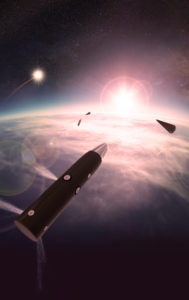
Lockheed Martin [LMT] awarded BAE Systems a contract to design and build next-generation infrared seekers for the Terminal High Altitude Area Defense (THAAD) system, BAE said Tuesday. BAE did not disclose numbers of contract value. However, in a statement, the company said, “the sensor design work will improve the missile defense system’s ability to neutralize more threats and improve its manufacturability.” “The THAAD seeker is a key product in our precision munitions portfolio that’s recognized for its proven intercept capabilities.…

 By
By 











